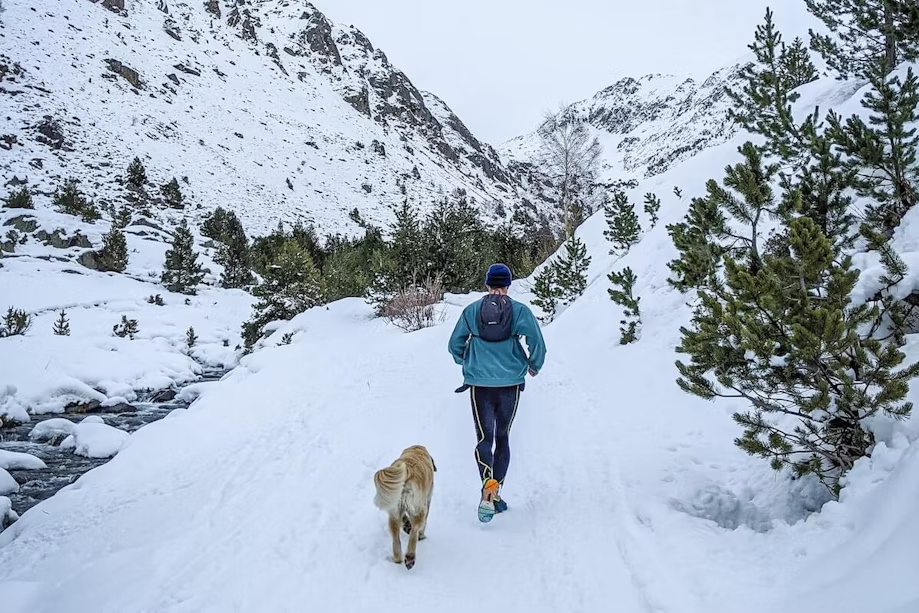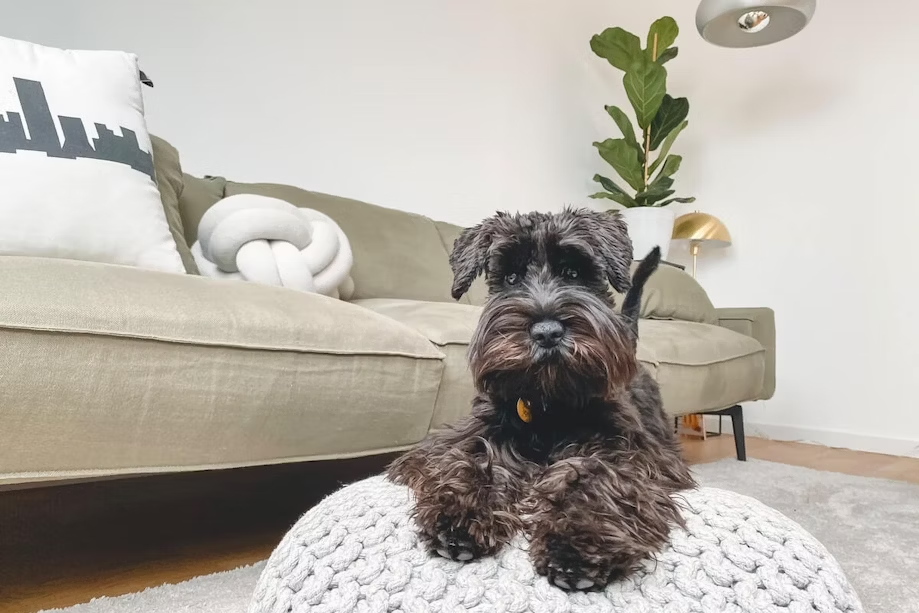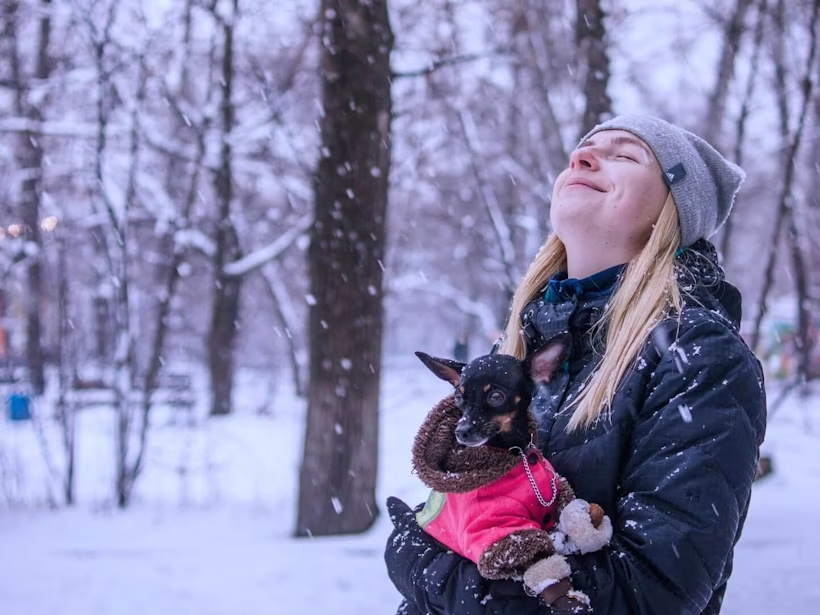After you set up your doggy advent calendar and settle in for the cool, dark weeks of winter, you may start to wonder: What now?
Don’t worry—the following fun activities should help keep you and your pup sane until spring.

Get outside: Dog-friendly outdoor activities for cold weather
Summer may seem like the best season to get outside with your dog. But winter offers a wealth of adventures, too. And staying active year-round is important for your dog’s health. Plus, it provides a positive outlet for pent-up energy that might otherwise manifest as destructive behaviors.
Note: It’s a good habit to check paw pads after coming inside for irritation, injury, and even mats between toes (especially for Northern breeds like Huskies and Malamutes). And keep in mind that dry, cold weather or frequent changes in humidity can irritate your pup’s skin. Running a humidifier in your house may help. And you can reduce bathing frequency to preserve their coat’s natural oils. Finally, watch for cracked or chapped noses.
So, what can you do outdoors? Here are a few ideas.
Give skijoring a shot.
If you’ve got a dog with Husky, Malamute, or other sledding breeds in their ancestry—or if they simply love to pull when on-leash—this winter activity could be a blast for you both. (Assuming you get a decent amount of snow.)
Skijoring is a form of mushing, or dog-powered transportation. Basically, your dog pulls you while you’re on skis. Sounds awesome, right? And if your dog turns out to be particularly adept at this new sport, you can even go pro, as there are competitive skijoring races around the world.
You’ll need some special equipment, such as a skijoring harness for your pup and a quick-release bungee tether. Your dog should also respond well to verbal commands (e.g., “whoa,” “gee,” “haw”)—a stop command, in particular. Otherwise, you may find yourself skiing into a tree as your dog bounds off after a squirrel.
Remember to bring some water along for your pup and incorporate mandatory breaks. Some breeds won’t stop to rest unless you make them.
Go for a hike.
Is your dog part Australian Shepherd, Lab, or another active breed? Winter weather likely won’t slow them down. In fact, they’ll probably want to continue their favorite activities—such as hitting the trail—despite colder temperatures.
Depending on your location, this could mean regular hiking or snowshoeing. If you spend any time on de-iced roads, however, be sure to clean off your pup’s paws after the adventure. (De-icing chemicals can be toxic.) Alternatively, outfit your dog with booties, which will also protect their feet from cold and sharp hazards, such as ice.
Note: It’s a good habit to check paw pads after coming inside for irritation, injury, and even mats between toes (especially for Northern breeds like Huskies and Malamutes). And keep in mind that dry, cold weather or frequent changes in humidity can irritate your pup’s skin. Running a humidifier in your house may help. And you can reduce bathing frequency to preserve their coat’s natural oils. Finally, watch for cracked or chapped noses.

Stay inside: Ways to keep your pup entertained at home
If either you or your dog prefers to stay indoors when temperatures drop, there are still plenty of ways to build your bond and keep things interesting.
Touch up on training.
It’s never a bad time to brush up on the old standbys, including “come,” “sit,” “stay,” and “leave it.” But why not take things to the next level this winter and teach your pup something new, such as “left” (turn counterclockwise) or “give paw”?
Or, if you want training time to double as a workout, have your dog do several “doggy pushups” by commanding them to move between standing, sitting, and down positions.
If your dog doesn’t respond well to these activities, it could have to do with their ancestry.
Try games and puzzles.
When it comes to playing with your pup at home, you’re limited only by your imagination. But here are a few suggestions to get your creative juices flowing:
- Treasure hunts / nose work. Hounds tend to dominate this sport, but any dog can learn to be great. Hide your pup’s kibble around the house—or even inside shoeboxes—to make mealtime an engaging (and, let’s be honest, fun-to-watch) ordeal.
- Brain toys. Have a pup with a high IQ? See how long it takes them to solve a treat puzzle. As we wrote about in our dog gift guide, we recommend Outward Hound’s puzzle products.
- Obstacle course. Busybody breeds, such as Border Collies, will love this one. Set up cardboard boxes, footstools, and other household items in your living room, and lure your dog through the challenges for an activity that exercises their body and mind.
Want more ideas?
Wishing you a wonderful winter
Due to COVID-19, you might not be visiting indoor dog parks or dressing up to go take photos with Santa this winter. But we hope this post has given you a few ideas of things you can do with your dog during these colder months!
Read More Posts









